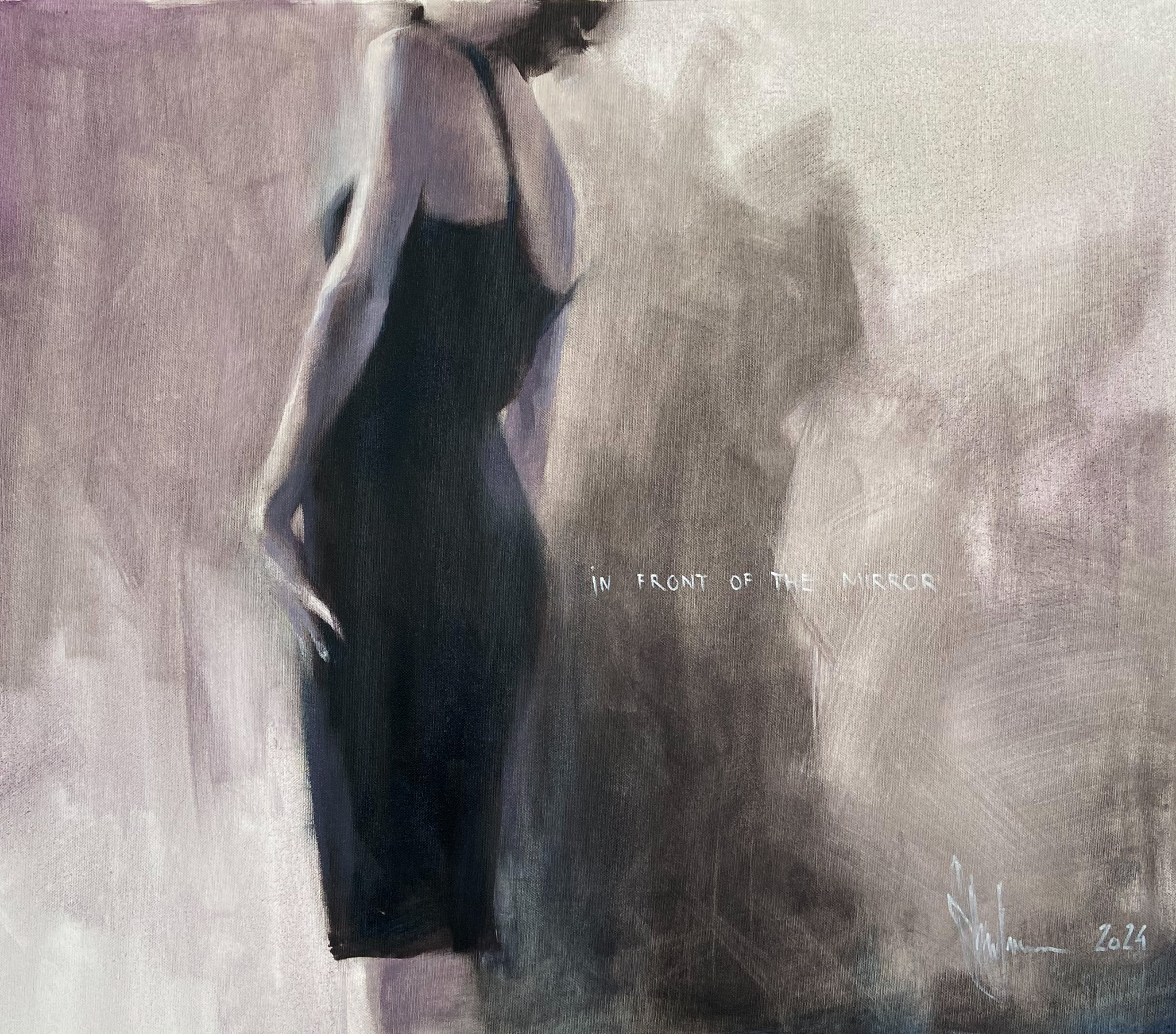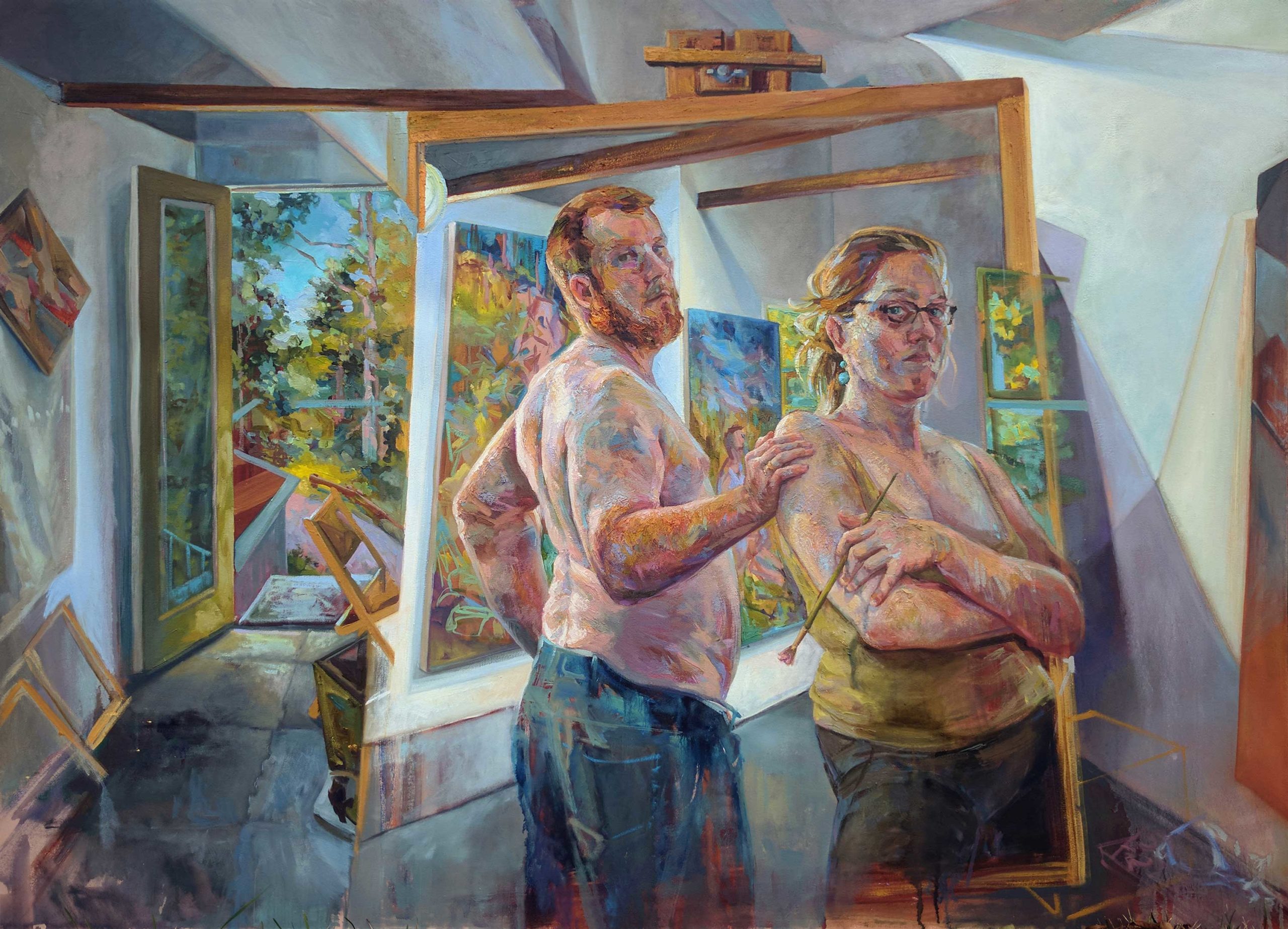Discover the most effective Tips for Creating Stunning Figurative Oil Painting Artwork
Discover the most effective Tips for Creating Stunning Figurative Oil Painting Artwork
Blog Article
The Evolution of Figurative Oil Painting: Recognizing Its Historic Value and Modern Interpretations
The evolution of metaphorical oil painting offers as an engaging lens with which to examine the interaction between creative expression and historic context. Contemporary artists, attracting from this rich heritage, are currently reinterpreting the human figure in methods that test conventional stories.
Origins of Metaphorical Oil Painting
The beginnings of metaphorical oil painting can be traced back to the very early Renaissance in Europe, particularly in the 15th century. The growth of oil paint permitted for higher deepness of shade and information, boosting the realistic look and vibrancy of their work.

In this transformative age, numbers were often shown within contextually rich settings, showcasing not just their physical qualities however also their mental states. Leaders such as Jan van Eyck and Titian used the tool's adaptability, utilizing layering techniques to achieve luminance and appearance. This advancement helped with the portrayal of detailed textiles and the subtleties of skin tones, adding to the growth of portraiture and narrative scenes.
In Addition, the Renaissance focus on humanism promoted a gratitude for individualism, which subsequently influenced musicians to produce more relatable and vibrant figures - figurative oil painting. Therefore, figurative oil paint became an effective automobile for narration and emotional engagement, laying the foundation for future artistic activities and styles
Trick Historical Movements
Considerable historical motions have shaped the evolution of figurative oil paint, each contributing one-of-a-kind approaches and strategies that broadened the tool's possibilities. The Renaissance noted a zero hour, emphasizing realistic look and the human form, with artists like Leonardo da Vinci and Michelangelo pressing the boundaries of physiological precision and point of view. Following this, the Baroque period brought remarkable contrasts of light and darkness, exemplified by Caravaggio, that infused religious motifs with intense emotionality.
The 19th century presented Romanticism and Realism, where artists such as Delacroix and Courbet tested classic perfects, focusing on specific expression and daily life. The introduction of Impressionism better reinvented the tool by emphasizing the impacts of light and shade, resulting in a separation from traditional depiction.
In the early 20th century, motions like Expressionism and Cubism redefined metaphorical paint via abstraction and the exploration of emotional depth. Each of these motions not just mirrored the social changes of their times but likewise prepared for modern analyses. The interaction in between these historic activities has actually created a rich tapestry of approaches and designs, affecting contemporary musicians in their search of recording the human experience on canvas.
Strategies and Products Advancement

Throughout the Baroque period, methods such as chiaroscuro hop over to here and sfumato emerged, improving the emotional vibration of figurative make-ups. Artists started to explore glazes and impasto, adjusting texture and luminance. By the 19th century, advancements like the use of pre-mixed paints in tubes changed availability, allowing artists to repaint en plein air and catch the short lived impacts of light.
The 20th century observed the introduction of artificial pigments and mediums, which increased the palette and modified the consistency of oil paints. In addition, the exploration of new application strategies, such as palette blades and brushes of varying rigidity, further varied artistic expression. Collectively, these developments reflect the evolving relationship in between materials, methods, and the artistic vision fundamental in metaphorical oil paint.

Contemporary Interpretations
Contemporary interpretations of figurative oil painting mirror a vibrant dialogue between practice and innovation, where artists challenge established standards and explore diverse motifs. This advancement manifests in various ways, as contemporary artists blend classic methods with contemporary ideas, commonly resolving social, political, and individual stories.
Several practitioners draw inspiration from historical works, yet they infuse their items with modern point of views, using the human form as a vehicle for discourse on sex, identification, and culture. Artists progressively try out abstraction, distortion, and multimedias, which permits a wider interpretation of the number and its context.
Additionally, the use of vivid shade combinations and unconventional make-ups commonly serves to disrupt typical checking out experiences, provoking critical interaction from audiences. This change in focus expands beyond visual appeals; it mirrors a growing awareness of the intricacies of human experience in an interconnected world.
As metaphorical oil painting proceeds to develop, it continues to be an important tool for checking out the subtleties of contemporary life, personifying both a respect for heritage and a dedication to progressive idea. The result is an abundant tapestry of expression that resonates with the intricacies of the modern human condition.
Effect On Modern Art
The effect of metaphorical oil painting on contemporary art is extensive, as it has continuously motivated a myriad of creative motions and techniques throughout the 20th and 21st centuries. From Expressionism to Surrealism and past, the expedition of the human figure has stayed a main motif, allowing musicians to share intricate emotions and narratives. This emphasis on metaphorical depiction has actually led to a re-examination of standard strategies, causing innovative methods that mix realistic look with abstraction.
Furthermore, modern musicians have actually welcomed metaphorical oil paint as a way to attend to political and social problems, utilizing the medium to challenge perceptions of identification, society, and gender. The revival of rate of interest in figurative work in recent years reflects a longing for connection in an increasingly electronic globe, where human experience and emotion are vital.
Furthermore, the dialogue between metaphorical oil paint and contemporary art is apparent in the works of musicians such as Kehinde Wiley and Jenny Saville, that draw on historical references while instilling their items with contemporary relevance. Ultimately, metaphorical oil paint continues to shape and redefine modern-day creative expression, highlighting its enduring value in the art globe.
Final Thought
The evolution of metaphorical oil paint underscores its historic relevance and adaptability throughout different artistic activities. From the naturalism of the Renaissance to try this site the emotive expressions of the Baroque and the innovative strategies of modernity, this tool has consistently transformed. Contemporary analyses important site show unconventional structures and dynamic shades, promoting crucial involvement with social and political themes. Eventually, figurative oil paint remains a crucial medium for checking out the human experience, resonating exceptionally in today's electronic landscape.
The evolution of figurative oil paint offers as a compelling lens with which to examine the interplay between imaginative expression and historic context.Significant historic activities have shaped the development of metaphorical oil painting, each contributing special philosophies and techniques that broadened the tool's possibilities.As historical activities formed the trajectory of figurative oil paint, the materials and methods used by artists have likewise gone through substantial makeovers. figurative oil painting.The impact of figurative oil painting on contemporary art is extensive, as it has actually continually inspired a myriad of imaginative activities and practices throughout the 20th and 21st centuries.The evolution of figurative oil painting underscores its historical significance and adaptability across various imaginative activities
Report this page